- Messages
- 1,527
- Name
- Chris
- Edit My Images
- Yes
HI Thanks for the great advice I have received so far from the forum members, has given me some great inspiration
Well carried out an excercise Nick mentioned below, felt strange taking pictures of a brick wall but hey ho had me thinking.
I sort of settled on F11 and 1/100 ISO increased to keep these settings etc and this is where I am now
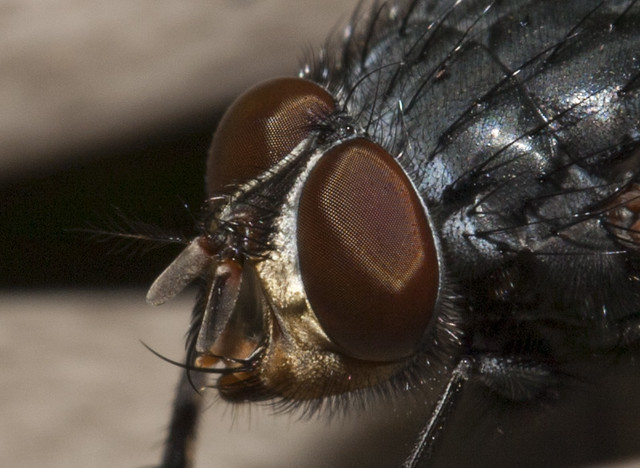 180815041Fly 100 by Chris_Pritchard1, on Flickr
180815041Fly 100 by Chris_Pritchard1, on Flickr
Altered slightly to this F3.5 1/250 ISO 320 for the ladybug
 180815042LadyBug by
180815042LadyBug by
Chris_Pritchard1, on Flickr
And this F11 1/60 ISO 100
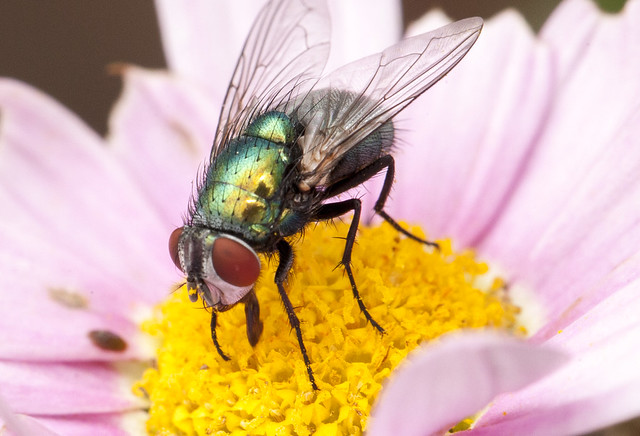 180815043Fly YF by Chris_Pritchard1, on Flickr
180815043Fly YF by Chris_Pritchard1, on Flickr
I just can't seem to keep the aperture to F11 and SS to 1/100 Tried manual and aperture priority
Any help gratefully appreciated
Chris
Well carried out an excercise Nick mentioned below, felt strange taking pictures of a brick wall but hey ho had me thinking.
Good move. But plenty more than a couple! For example, for natural light, if you use five different distances, seven different shutter speeds and five shots of each combination, you will have 5 x 7 x 5 = 175 images to look at. And yes, I'm serious. This is the sort of thing I do to try to understand what is going on. For example, in this album at Flickr there are 60 shots (in fives as I suggested above) that I captured and examined looking for evidence of shutter shock with one of my camera/lens combinations. It is tedious to do tests like this, but a single test like this can often give you a much better understanding of what is going on and what the limits are for what you can do and what settings will work.
For natural light I suggest you try several distances, starting with as close as you can get. I suggest using autofocus for these tests, and start the series with shots as close to the wall as you can get autofocus to work. Take five shots at each of at least five different shutter speeds (25 shots), and preferably seven shutter speeds (35 shots) if you can arrange that. Then increase the distance and repeat, for several distances.
If you have image stabilisation, make sure it is on.
Use single, centre point focus and focus on the same place for all the shots.
Change ISO (and use a neutral density filter if you have one) to change the shutter speeds, leaving the aperture at f/11 if you can. If you can use f/11 for all the shots that would be good, but especially if you don't have a variable neutral density filter I expect you'll need to change the aperture to get some of the shutter speeds you want,
For flash you won't need nearly as many shots.
I suggest using manual mode on the camera and TTL mode on the flash. Set the camera to flash sync speed (probably 1/250 sec on your 7D) and the flash exposure compensation to zero.
Set the aperture to f/11.
Set the ISO to 100.
Stabilisation can be on or off. It (probably) doesn't matter.
Use autofocus.
Take five shots as close as you can get autofocus to work.
Move out and take five more shots. Repeat, increasing the distance several times.
You may find that the images get darker as you move out. That will mean that your flash is working at maximum power but still can't provide enough light. In that case you'll need to increase the ISO to get a properly exposed image.
On your PC you can compare the natural light images with one another to see what shutter speed you need for sharp images.
You can also compare the flash images with the natural light images to see if the flash images are sharper and look more detailed.
I'm assuming in all this that you will be using the viewfinder and not live view using the LCD. If this is the case, I suggest that when using flash, for at least one of the distances (the closest but one distance may be good for this), after you have taken five shots using the viewfinder put the camera in live view mode and take another five shots from the same distance. On your PC compare the viewfinder shots with the live view shots. If the live view shots are sharper/more detailed you may need to do a micro focus adjustment (MFA). More on that later if needs be.
I sort of settled on F11 and 1/100 ISO increased to keep these settings etc and this is where I am now
 180815041Fly 100 by Chris_Pritchard1, on Flickr
180815041Fly 100 by Chris_Pritchard1, on FlickrAltered slightly to this F3.5 1/250 ISO 320 for the ladybug
 180815042LadyBug by
180815042LadyBug by Chris_Pritchard1, on Flickr
And this F11 1/60 ISO 100
 180815043Fly YF by Chris_Pritchard1, on Flickr
180815043Fly YF by Chris_Pritchard1, on FlickrI just can't seem to keep the aperture to F11 and SS to 1/100 Tried manual and aperture priority
Any help gratefully appreciated
Chris

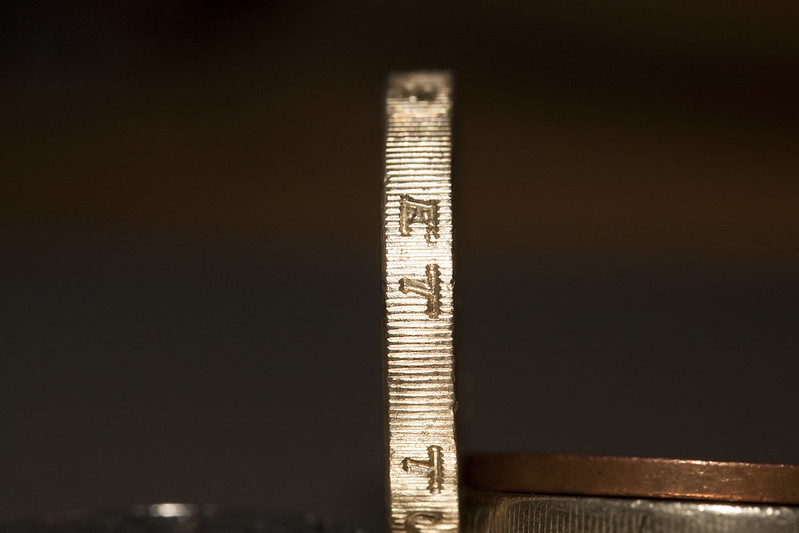 f10_1_60_ISO320
f10_1_60_ISO320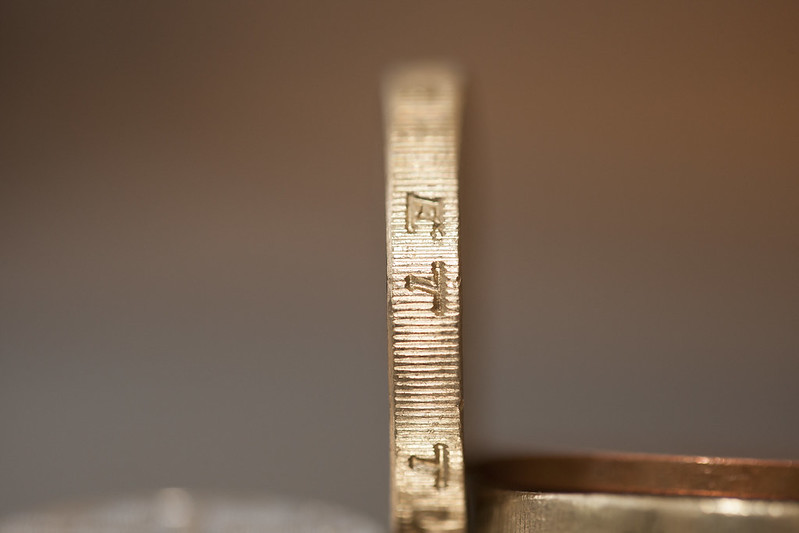 f3_2_1_60_ISO400
f3_2_1_60_ISO400 f32_1_60_ISO400
f32_1_60_ISO400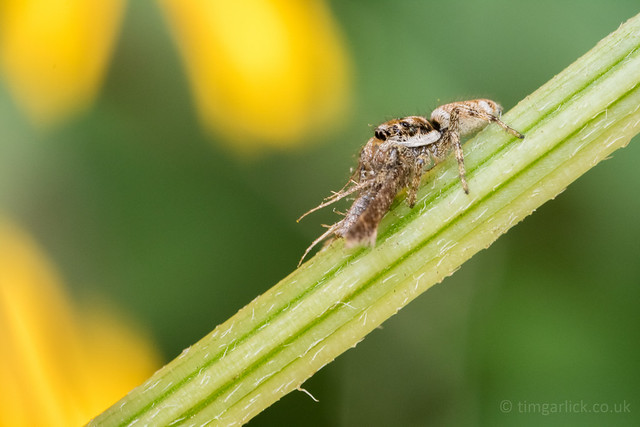 Exposing for the background
Exposing for the background